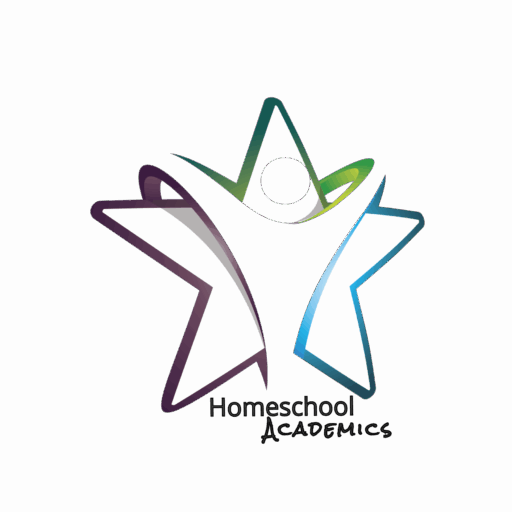Solution: Provide families with documentation on triggers and effective interventions. Result: Families become more aware and proactive in preventing aggressive behavior.
Lack of Follow-Through on Solutions
Solution: Set small, actionable goals and track progress visually. Result: Encourages consistent effort and builds a sense of accomplishment.
Lack of Follow-Up After Activities
Solution: Discuss or journal about what students learned from the stories or role-play. Result: Reinforces lessons and encourages further reflection.
Lack of Follow-Up after Discussions
Reinforces learning and encourages further reflection. Tip: Assign a reflection task, like writing about a time they felt an emotion discussed in class.
Lack of Immediate Reinforcement
Solution: Incorporate immediate rewards for positive behaviors (e.g., stickers, tokens). Result: Students are motivated to repeat positive actions.
Lack of Individualized Tools for Self-Regulation
Solution: Offer tools like stress balls, fidgets, or weighted blankets. Result: Students have personalized resources to manage emotions effectively.
Lack of Interest in Emotion Lessons
Solution: Use interactive games, such as matching emotions to scenarios or charades. Result: Makes learning about emotions fun and engaging.
Lack of Motivation for Behavior Change
Solution: Identify and use meaningful rewards tailored to the student's interests. Result: Students are more likely to engage in positive behaviors.
Lack of Participation in Group Movement
Solution: Create 'movement stations' with individual activities to encourage engagement. Result: Provides options for independent participation.
Lack of Peer Awareness About Disabilities
Solution: Conduct classroom lessons to build empathy and understanding of differences. Result: Promotes an accepting and supportive peer environment.
Lack of Progress Tracking
Solution: Use visual trackers to monitor and celebrate progress. Result: Students and staff see growth, building motivation.
Lack of Skills to Express Anger Appropriately
Solution: Model and role-play assertive communication techniques. Result: Students express anger in healthier, non-aggressive ways.

